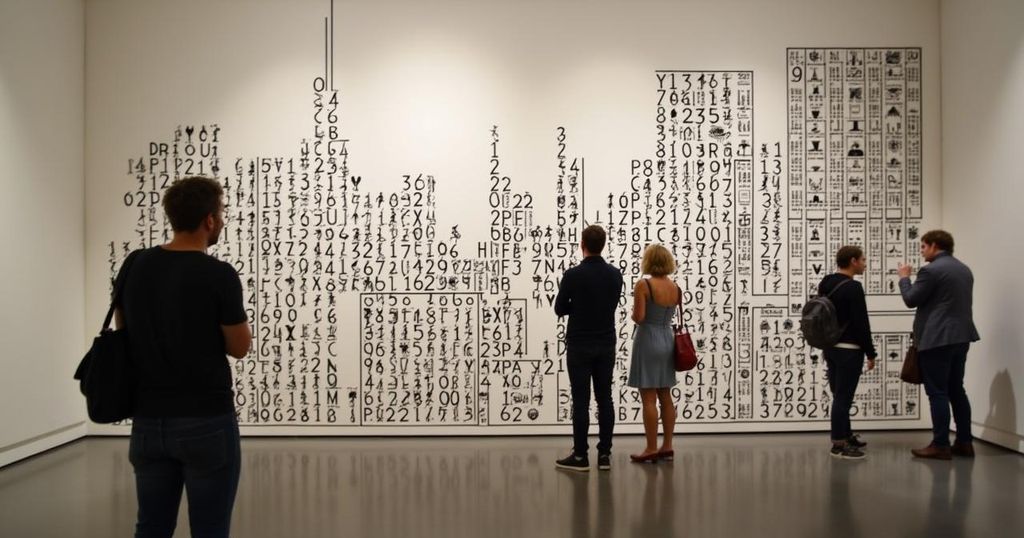Recent exhibitions in London on the Silk Road question the traditional narrative of this trading network. The British Library and British Museum showcase significant historical artefacts but reveal a tendency to downplay India’s crucial role in ancient trade and cultural exchanges, challenging the simplistic view of the Silk Road as primarily a silk-focused westward route.
The Silk Road, historically perceived as a significant east-west trade route connecting Asia to Europe, is being reconsidered amid recent exhibitions in London. The British Library’s “A Silk Road Oasis: Life in Ancient Dunhuang” showcases documents from ancient Dunhuang, revealing treasures like the Diamond Sutra and an early atlas of the night sky. Meanwhile, the British Museum’s “Silk Roads” exhibition presents a stunning array of artifacts ranging from Japan to Aberdeenshire, illustrating the depth of cultural exchange along these routes. Despite their romanticised depiction, the notion of a singular Silk Road emerged only in the 19th century through German geographer Baron von Richthofen and was used to promote a narrative that aligns with modern geopolitical agendas. Historically, commodities such as Indian pepper, spices, and ivory, not silk, formed the core of trade with the west. Ancient Rome had only a vague awareness of China, relying instead on trade routes that predominantly traversed India, where textiles and luxury goods were sourced. Moreover, maritime routes were typically faster and more efficient than overland caravan trails, suggesting that east-west trade relied heavily on India, which also served as a cultural hub, influencing art, science, and religion across Asia. The significance of Indian contributions to global trade and culture is often overlooked in exhibitions, revealing a persistent trend in Western narratives that downplay India’s role in historical contexts. This reiterates the need to re-evaluate the storied Silk Road narrative, recognising India’s critical influence in the intercultural exchanges of ancient times.
The article reflects on the contemporary understanding and historical significance of the Silk Road, an ancient trade route commonly depicted as linking eastern Asia with western Europe. Recent exhibitions in London highlight artefacts from this route but also challenge the conventional narrative that primarily centres around silk trade. The historical context is crucial in understanding that trade was not solely about the movement of silk but also about the interchange of other valuable commodities and cultural influences, particularly during the interactions between India and its eastern and western neighbours.
In conclusion, while the Silk Road is celebrated for its historic role in fostering east-west trade and cultural exchange, it is essential to critically assess its portrayal. The exhibitions in London highlight the material culture of the route but reveal a significant gap in acknowledging India’s pivotal role in trade and cultural dissemination. This calls for a reevaluation of narratives surrounding the Silk Road, recognizing the broader context of ancient trade networks that influenced global history.
Original Source: www.theguardian.com







